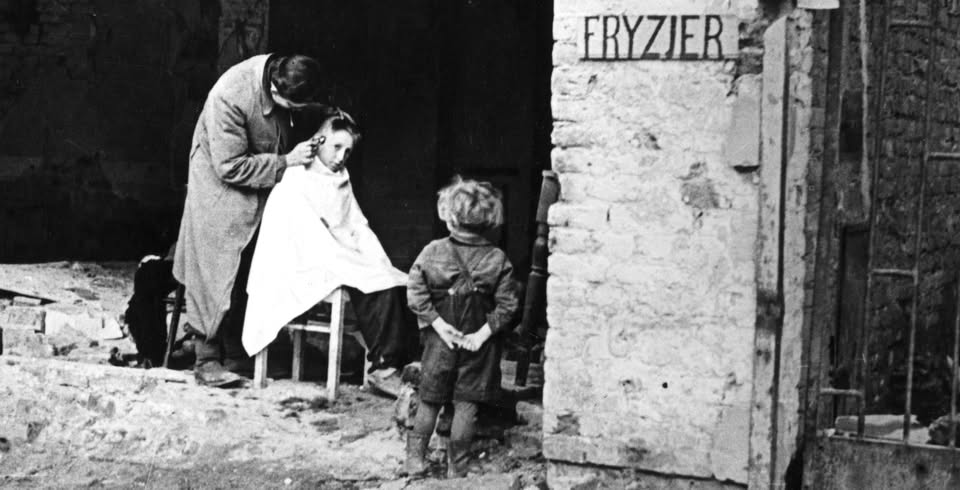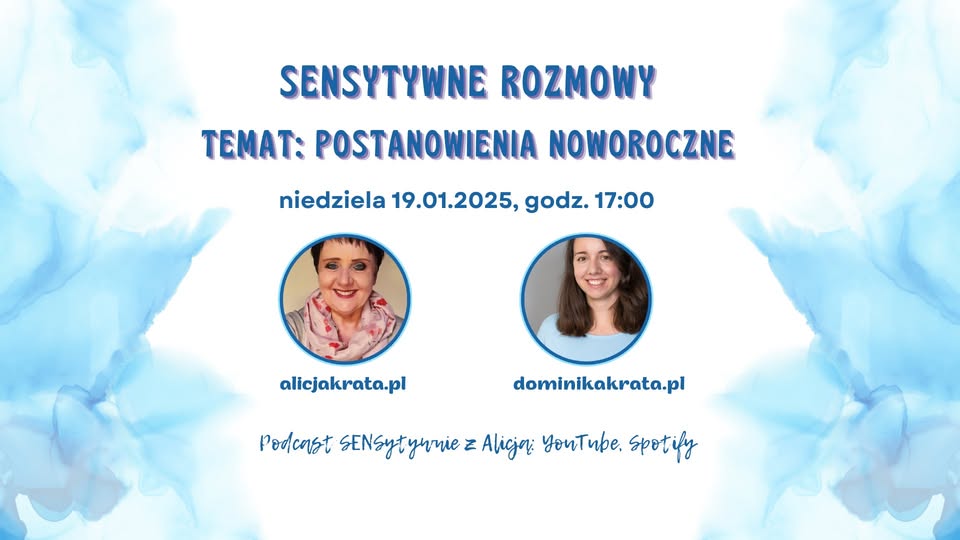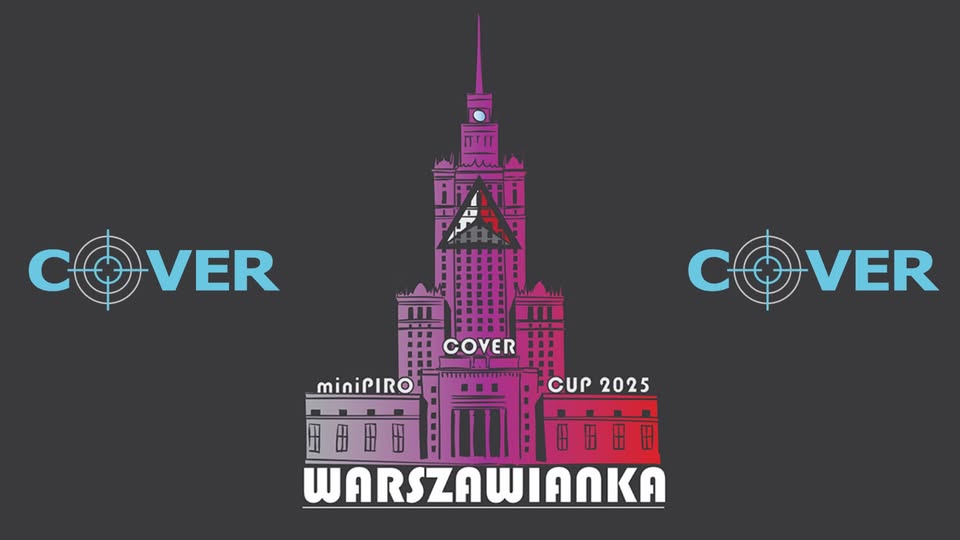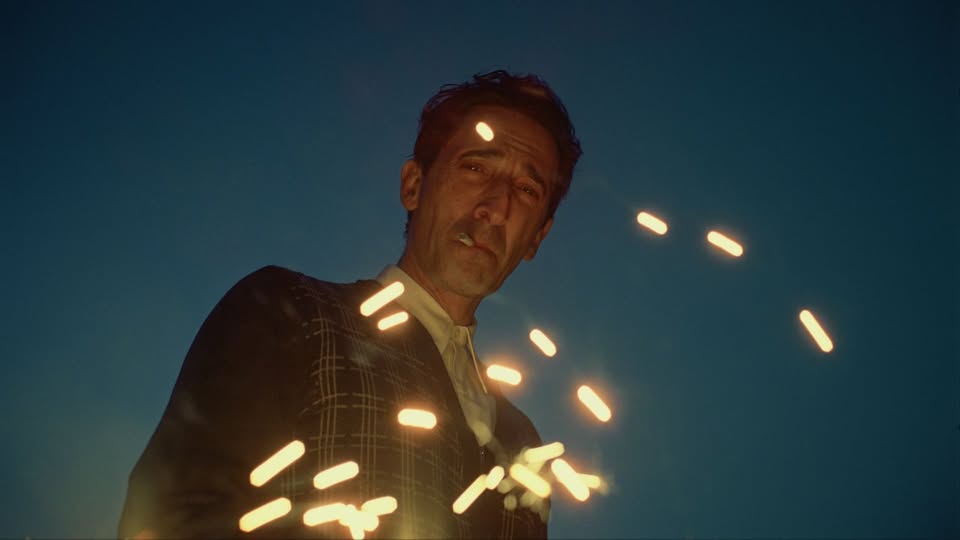
During this walk, it will be cold, and it should be so. When, after January 17, 1945, the residents expelled by the Germans returned to the ruined city, they could not count on hot water and heating in their homes. It often happened that they did not find their homes at all.
We should not complain. We can always take refuge in a warm café. (By the way - do you know where the first café opened on the left bank of the city in 1945?)
-------------
You can find details about this event on the ticket platform Evenea: https://app.evenea.pl/event/kuppancegle18012.
The dates of all events are published on the company website www.zwiedzajznami.com.pl.
You can also sign up for the mailing list and receive, once or twice a month, a message about upcoming events: www.zwiedzajznami.com.pl/newsletter.
-------------
On January 17, 1945, units of the Polish Army and the Red Army entered the destroyed Warsaw. Almost immediately behind them, first like a narrow stream, and later like a raging river, the displaced residents began to return.
The statement that life in the devastated capital was difficult is an understatement. Many returnees decided that they needed to look for their place elsewhere. Those who stayed had to face adversities that required them to develop survival skills among the ruins.
During the walk, we will talk about the struggle that those who decided to stay had to fight to survive. We will look at various aspects of life in post-war Warsaw, including those overlooked in the official chronicles of that time. We will wander in the shadow of the tenements that managed to survive the war. And the reconstruction. We will see places where there were war graves. We will compare photos from the early years of Warsaw's reconstruction with the current state.
Above all, we will talk about the extraordinary entrepreneurship of those who returned. Both about the majority showing commendable initiative and the minority deserving condemnation.
During the walk, we will seek answers to questions such as:
Was brick really brought from Wrocław and other cities for the reconstruction of Warsaw?
What was the local brick rate when the proposal 'buy a brick, and you will save your head?' was made?
Where was the first post-war café opened in left-bank Warsaw?
Who started the battle for trade?
Why did 'meatless Friday' fall on Monday?
Why did the crowd attack a Red Army officer?
What was the reason that after the war, one had to walk with their head held high?
Who, where, and how commemorated the Warsaw Uprising outside of the Military Powązki as the first?
Why was there fear of wind and storm?
How did a militiaman escort captured criminals?
Who could afford to rent an apartment, and how was the rent for a room paid?
Why did soldiers of a certain formation still enter apartments through windows long after the war?
What did a Warsaw day start with?
What practices of restaurateurs were condemned in the press?
Which formation returned from Western Europe in full uniform and with weapons?
Why did the officers of the Citizens' Militia protest?
Who were the militiamen in strange uniforms?
Where was Warsaw's Klondike?
Where did the Georgians in Warsaw come from?
These are some of the questions we will seek answers to.
WE CORDIALLY INVITE YOU.
The organizer is the *Arktour* Guiding Office, registration number in the Register of Organizers and Intermediaries of Tourism of the Mazowieckie Voivodeship number 1923.
You can find the dates of the events organized by us on the website: http://www.zwiedzajznami.com.pl.
You can also sign up for the mailing list and receive, once or twice a month, a message about upcoming events: www.zwiedzajznami.com.pl/newsletter.
Warsaw blog: www.whu.org.pl.
Facebook profile: https://www.facebook.com/ArktourWHU.
e-mail: biuro@zwiedzajznami.com.pl


